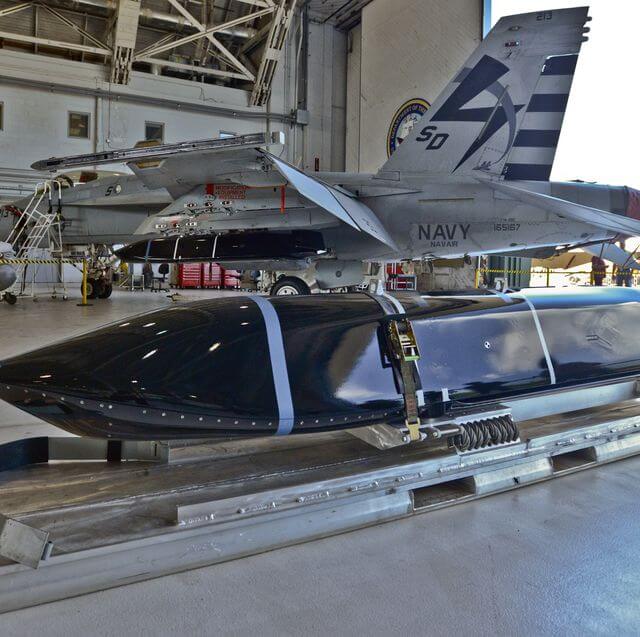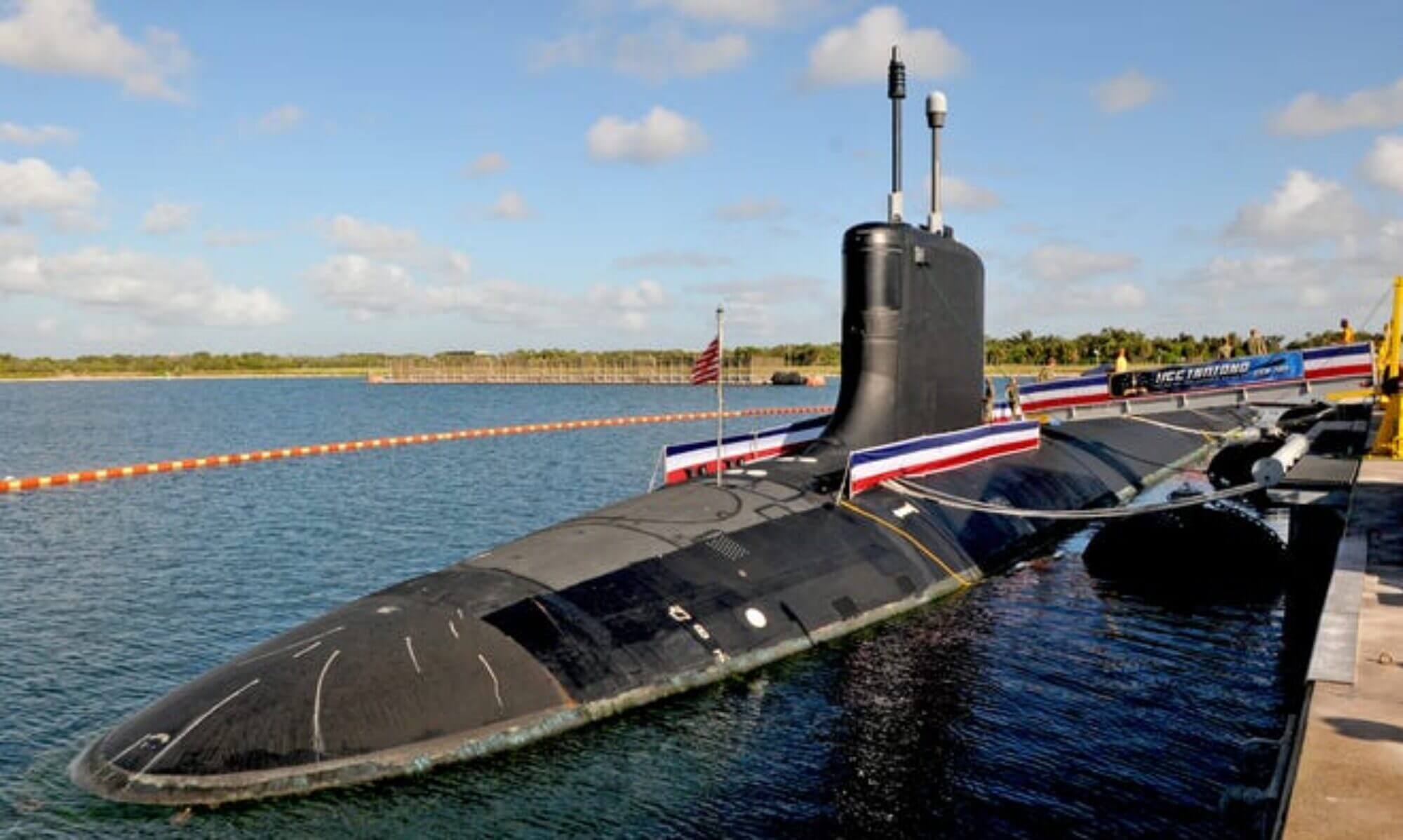
In the ever-evolving landscape of naval warfare, maintaining a strategic edge is paramount for the U.S. Navy. A key development in this endeavor is the Hypersonic Air-Launched Offensive Anti-Surface (HALO) missile program. This initiative aims to equip Navy surface ships, submarines, and potentially even jets with advanced hypersonic anti-ship missiles, significantly enhancing maritime strike capabilities.
What is the HALO Program?
The HALO program, awarded to defense giants Raytheon and Lockheed Martin, represents a significant leap forward in naval armament. These hypersonic missiles, propelled by ramjet or scramjet engines, promise unparalleled speed and range, far surpassing existing anti-ship options like the Harpoon and Tomahawk missiles. The goal is to develop a carrier-suitable, higher-speed, longer-range, air-launched weapon system that offers superior Anti-Surface Warfare (ASuW) capabilities.
Key Takeaways
- Speed and Range: Hypersonic missiles travel at speeds exceeding Mach 5, drastically reducing the time available for enemy defenses to react. This speed, combined with extended range, means that Navy fleets can engage targets from greater distances with higher success rates.
- Enhanced Strike Capabilities: The HALO missiles will provide a critical boost to the Navy’s strike capabilities, allowing for rapid, precise strikes against enemy ships even in highly contested environments. This capability is essential for maintaining naval dominance, particularly in regions like the Indo-Pacific, where tensions and potential conflicts are rising.
- Integration Across Platforms: The versatility of the HALO missiles is a significant advantage. They can be launched from a variety of platforms, including surface ships, submarines, and potentially even land-based launchers. This multi-platform integration ensures that the Navy can deploy these missiles effectively in various operational scenarios.
Implications for the Navy
The development of hypersonic missiles under the HALO program represents a strategic shift in naval warfare. By incorporating these advanced weapons into its arsenal, the Navy ensures it remains at the forefront of maritime strike capabilities. This advancement is crucial for countering the growing hypersonic threats posed by adversaries like Russia and China.
Moreover, the HALO program aligns with the Navy’s broader strategy of enhancing readiness for potential conflicts in the Indo-Pacific region. The ability to strike swiftly and accurately from extended ranges will be a game-changer in maintaining control over contested battle spaces and ensuring the U.S. Navy’s dominance in the face of evolving threats.
Implications for America
For the American public and policymakers, the HALO program underscores the importance of continued investment in advanced defense technologies. Maintaining a technological edge is not just about preserving military superiority; it’s about ensuring national security and safeguarding American interests globally.
The development of the HALO hypersonic missiles also highlights the collaborative efforts between the military and private sector giants like Raytheon and Lockheed Martin. Such partnerships are vital for driving innovation and ensuring that the U.S. military remains equipped with cutting-edge technologies.
Conclusion
The HALO hypersonic anti-ship missile program is a testament to the U.S. Navy’s commitment to maintaining its strategic edge in an increasingly complex global security environment. By leveraging advanced technologies and fostering strategic partnerships, the Navy is poised to enhance its maritime strike capabilities and ensure its readiness for future conflicts. For Americans, this development serves as a reminder of the critical importance of supporting and investing in our nation’s defense capabilities.

